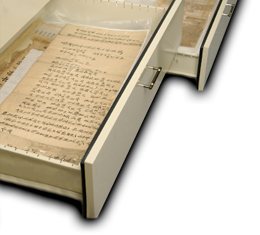Publication date: 29 Oct 2021
Author: Lee Yi-ling, Hsieh Min-ro |Staff member of the Archives of Institute of Taiwan History
Yang Zhao-jia, one of the leading figures of the New Cultural Movement in Taiwan under Japanese rule, once said, “Newspaper and parliament are the two major driving forces for the promotion of civilization and social development.” Hence, the two core missions of the Taiwanese Cultural Association were running a newspaper and petitioning for the establishment of a Taiwanese parliament, which embodied their stand of unarmed resistance against colonial racism and had far-reaching impact on the enlightenment of Taiwan’s national consciousness.
2021 marked the centenary of the founding of the Taiwanese Cultural Association. In commemoration, the Archives organized a feature exhibition on The Taiwan Shinminpo, the only private Taiwanese-run newspaper during the Japanese colonial era. Selected collections of historical materials including personal documents, image data, diaries and passports were displayed and reviewed to illustrate that The Taiwan Shinminpo served to awaken and enlighten the people, boost national morale and propagate their political views to the public. Echoing the founding goal of the Taiwanese Cultural Association, The Taiwan Shinminpo opened a new page for Taiwanese to strive for democracy and freedom with a foothold in Taiwan and eyes looking at the world!




